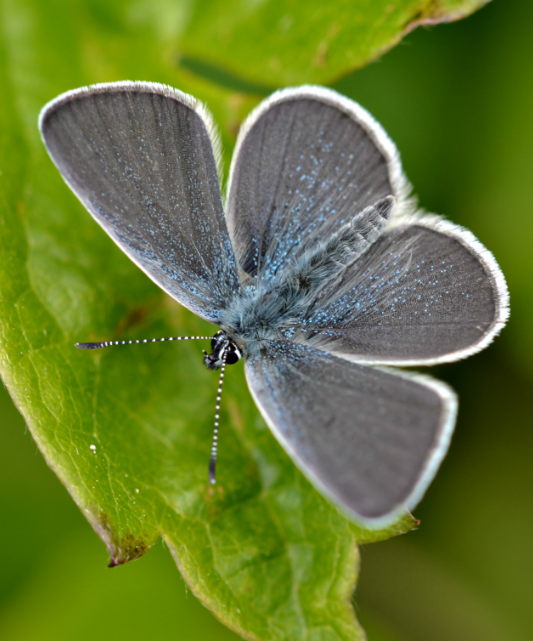
A species of butterfly regarded as endangered is the Small Blue butterfly (Cupido minimus). It is a member of the Lycaenidae family and is distinguished by its little size and vivid blue coloring. The Small Blue butterfly inhabits particular habitats in Europe, including the United Kingdom, and has a restricted range of distribution.
The loss and fragmentation of habitat are the primary causes of the Small Blue butterfly’s decline. The larval feeding supply for the species is a particular plant species, such as kidney vetch (Anthyllis vulneraria). However, the amount of acceptable habitat for the Small Blue butterfly has significantly decreased as a result of intense farming methods, urbanization, and land development. Their habitat’s destruction and degradation have caused a sharp drop in population size. The Small Blue butterfly also has a high level of host plant specificity. This indicates that egg laying and larvae development are dependent on a particular plant species. The existence of the species is even more at risk if these host plants are lost or damaged.
Restoration and management of the butterfly’s habitat are the main goals of conservation efforts. For the butterfly’s life cycle to be supported, it is crucial to create and maintain patches of kidney vetch and other nectar-rich flowers. For the species to recover, it is also essential to put conservation measures in place to save the few remaining habitats from harm and to promote sustainable land use practices.
Understanding the ecology and population trends of the Small Blue butterfly depends heavily on monitoring and research projects. Information about population size, distribution, and habitat needs can be gathered to help manage populations more effectively. For conservation efforts to be successful and to guarantee the long-term survival of this endangered species, cooperation between researchers, conservation groups, and landowners is essential.